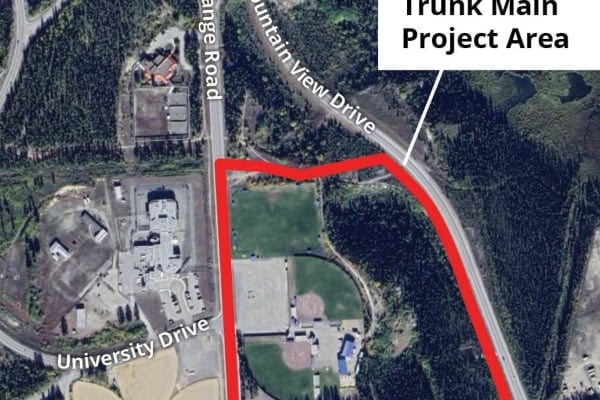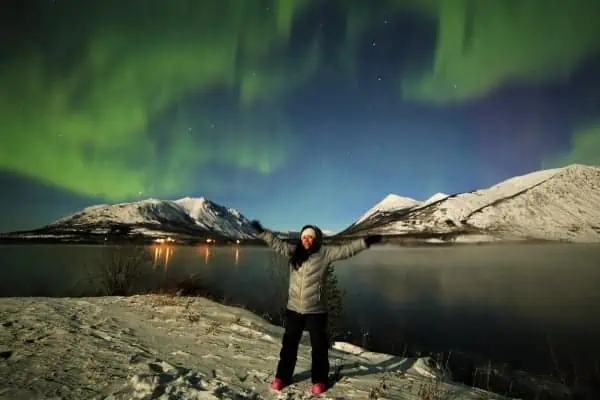It’s going to be a busy season in those amazing Yukon night skies, with the possibility of three more meteor showers taking place in November. My attempt at observing the Orionid meteor shower in October was a wash due to the fact that is was snowing heavily, but there will be more chances to see meteors with during South Taurids meteor shower, expected early this month.
So what is involved in a meteor shower and what makes it happen? Simply put, as our planet orbits the sun, its path occasionally crosses what is called “meteor streams”. These streams of icy particles originate from comets, which are also in orbit around the sun.
Comets, being fragile as they are, leave an ice and dust debris field behind them. As all this dust and debris enters our atmosphere, it vaporizes due to friction in the air. With no moonlight or city lights blocking our view, what we are seeing is the vaporized particles burning up.
The South Taurids meteor shower peaks on the night of November 4 and into the morning hours of November 5. With only seven or so meteors per hour, this is not the strongest meteor shower, but it will be peppering our night skies with meteors until November 25. This is because the dust and debris field that the earth is passing through is spread out and dissipated.
During much of the South Taurids meteor shower, the crescent moon will be setting in the early evening, giving us a dark sky for observing meteors. The best time for observing the most meteors is after midnight.
On the night of November 11 and into the early morning hours of November 12, the North Taurids meteor shower will be at its maximum. Again, this is not expected to be a strong meteor shower, with only seven or so meteors per hour, but it will produce meteors right to the end of the month.
In mid-November, the thin crescent moon will not be rising until dawn, giving us long, dark nights for observing. The North Taurid meteors have a reputation of being large, slow-moving, and bright, and if we are lucky, we might get a bright Taurids fireball. Now wouldn’t that make for a most excellent photograph?
The radiant point for both of these meteor showers is the constellation of Taurus. When you are looking for meteors, look away from this radiant point and you will find your chances of spotting a meteor greatly improve.
On the night of November 16 and into the morning hours of the 17th, the famous Leonid meteor Shower is taking place. One of the reasons this meteor shower is so famous is that it turns into a meteor storm every 33 to 34 years and produces up to 1,000 meteors per hour. The last time this happened was in 1966, and people said that the meteors fell like rain. What an awesome way to spend an observing session.
The radiant point for the Leonid meteor shower is the constellation of Leo. We can expect 10 to 15 meteors per hour this year, and again, with the crescent moon setting early in the evening hours, we have all the makings for a great night of meteor shower observing and photography.
Here are some helpful hints and tips for meteor-watching: First and most important of all is your observing site. You are looking for the darkest skies possible. This does not pose much of a problem for us in the Yukon, as all you have to do is find a road and head out of town for half an hour in any direction and you’ll have very dark skies.
As far as equipment goes, all you need to be comfortable is a blanket, reclining lawn chair, and thermos of hot coffee. Dress warm and don’t forget your binoculars, as this is an excellent time for surfing the Milky Way and checking out star clusters and nebula.
When it comes to forecasting meteor showers, the times and dates are very accurate, whereas the prediction of how many meteors per hour you will see seems to be anyone’s guess. Maybe we will get lucky and see a meteor storm. Personally, I am still waiting for an opportunity to photograph a meteor with the northern lights as a background.
Speaking of the northern lights, keep a close eye out. They have been active all week long, and though they said there would be little to no activity, there have been some impressive displays.
Also while you are outside take a look at the constellation of Orion—it looks stunning with Jupiter, the Pleadies star cluster, and the brilliant star Sirius all on view, making for a a truly memorable sight.
James “Deep Sky” Cackette can be reached at [email protected]. See his photo adventures on Facebook at Yukon Night Skies.




